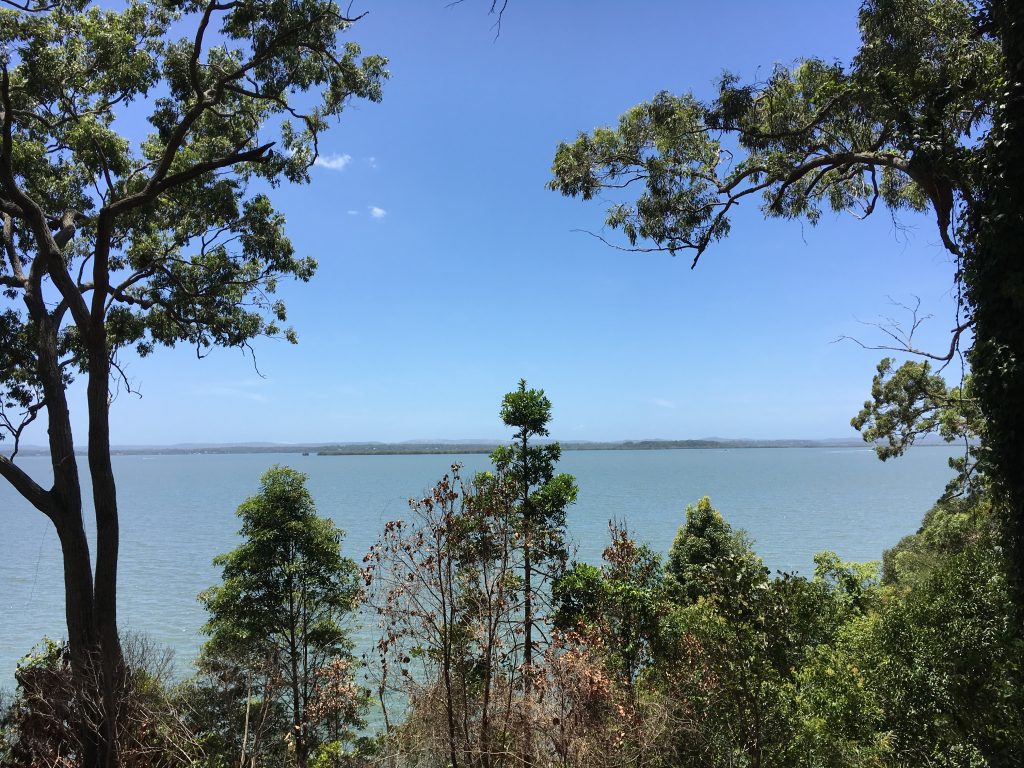All our lives we try to protect ourselves when our welfare, our possessions, things that are dear to us, or our very existence are threatened. We are looking for safe places to take refuge, and we seek help from those who are able to defend us.
But we also spend our whole life suffering from our ignorance and the mental poisons it produces, especially hatred and attachment, and those woes are far crueller and more durable than the simple vagaries of our existence.
To protect ourselves from such evils, we must go back to their source, namely, ignorance. But how can an ignorant person overcome his or her own ignorance?
By relying on beings who have already done so and following the path they have traced.
That is the role of the Three Jewels in Buddhism:
● The Buddha, which means the Awakened One, shows us how to get free from suffering.
● The Dharma is the path taught by the Buddha.
● The Sangha is the community of those who follow that path.
In other words:
● The Buddha is the guide.
● The Dharma is the path.
● The Sangha are the traveling companions.
In Vajrayana, the esoteric vehicle of Tibetan and Indian Buddhism, the spiritual master embodies the essence of the Three Jewels:
● His mind is enlightenment, or Buddha.
● His words are the teaching, or Dharma.
● His body is the community, or Sangha.
According to Buddhism, taking refuge in the wisdom of enlightenment is the first and indispensable step toward liberation from suffering. It is the starting point of the path.
The ultimate, or inner, refuge is none other than our own mind. Through recognizing its essence, the luminous wakefulness of awareness that shines continuously behind the clouds of confusion, one is naturally protected from the very causes of suffering.
Preserving the continuum of awareness, we no longer fear the cognitive or emotional obscurations, because they no longer affect our consciousness.
The function of the external refuge is to lead progressively to the understanding and eventually the realization of the inner refuge.
Source: Taken from Ricard, Matthieu. On the Path to Enlightenment: Heart Advice from the Great Tibetan Masters. Shambhala. Kindle Edition.
Further Notes
“Going for refuge is making a commitment. … We are ready to make a commitment to the path, the spiritual training, and to the goal, the attainment of enlightenment.
Going for refuge is the laying of the foundation, the initiation of commitment.
Traditionally it starts with a ceremony of going for refuge; but the most important thing is the development of faith and trust in the objects of refuge. If we have that kind of strong urge and trust in the path and the goal that is taught in Buddhism, the vow of going for refuge is born in us.
We must think about taking refuge in a common-sense way. If we make a commitment or determination, we will succeed faster and more easily. But if we are hesitant, doubting, or unsure about whether or not to commit ourselves, we will become increasingly lazy and will not find it easy to succeed.”
Source: Adapted from Thondup, Tulku. Enlightened Journey: Buddhist Practice as Daily Life. Shambhala. Kindle Edition.

‘Taking refuge’ is the commitment to follow the path and teachings revealed by the Buddha. It can be done informally through reciting a liturgy or simply by being committed to the Dharma and the path to Awakening. When refuge is formally taken from a preceptor at a ceremony, it marks a definite decision and moment of being received within the community of followers of the Buddha.
(Lama Shenpen Hookham)
